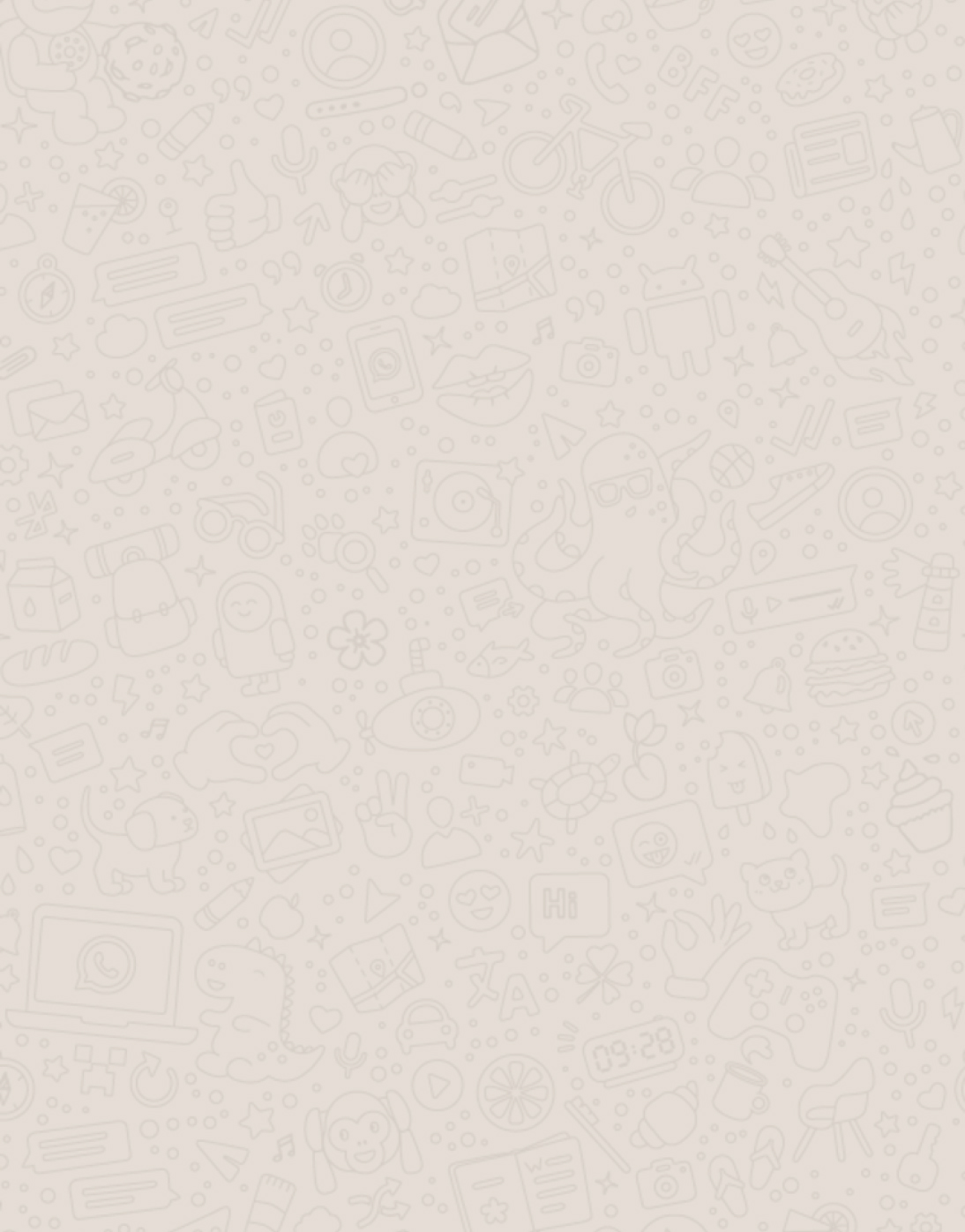Situated at the crossroads of diverse cultures, Malaysia is no stranger to the richness of Indian attire. The vibrancy, elegance, and intricate detail of Indian clothing have found a home away from home in this Southeast Asian nation. As we explore the allure of Indian wear within Malaysia, we uncover stories of heritage, cultural intermingling, and the embodiment of identity.
Unveiling the Significance of Indian Attire in a Malaysian Context
In Malaysia, Indian clothing goes beyond mere aesthetics; it resonates with history, community, and tradition. Malaysian-Indians don Indian attire as an emblem of their roots, linking them to a past rich in tradition and a present brimming with cultural fusion.
While many garments bear similar significance as in their homeland, their interpretation can differ in a Malaysian milieu. The melding of Malaysian and Indian cultures gives birth to unique traditions, celebrations, and, inevitably, fashion choices. Thus, the Indian attire in Malaysia is more than just clothing; it’s a reflection of an intertwined identity.
Clothing as a Cultural Tapestry in Malaysia
Indian garments in Malaysia are both a connection to heritage and a nod to the multicultural landscape. For example, sarees, typically donned by married women in India, are worn by Malaysian-Indian ladies across various occasions, transcending marital status. Men’s attire, too, sees local adaptations, with the kurta being paired not just with pajama, but sometimes with modern trousers or even traditional Malay attire.
These garments, in Malaysia, also bridge cultural divides. They’re embraced not only by those of Indian descent but Malaysians of other ethnicities during Indian festivals or weddings, symbolising the country’s multicultural fabric.
Malaysian Interpretation of Indian Garment Symbolism
The deep-seated symbolism in Indian attire finds nuanced interpretations in Malaysia. The bindi, while retaining its spiritual significance, often becomes a fashionable accessory, complementing the overall ensemble. Similarly, the mangalsutra might carry varying designs, echoing both Indian tradition and local influences.
Sarees in Malaysia are draped in myriad styles, reflecting the diversity of Indian communities present – from the Tamils to the Sikhs. Furthermore, the choice of fabric might lean towards the tropical climate, favouring lighter materials, while preserving the opulence of traditional Indian wear.
Regional Diversities: North to South, via Malaysia
Indian attire’s regional diversities are well-represented in Malaysia, thanks to the array of Indian communities that have settled there over the centuries.
Northern Indian Attire in Malaysia: Fusion at its Best
Northern Indian clothing finds a sweet spot between tradition and modernity in Malaysia. The salwar kameez, while retaining its basic structure, often flaunts Malaysian-inspired prints and patterns. Men’s kurta-pajama sets might come in materials more suited to humid climates while preserving the quintessential Indian embroidery.
Southern Indian Attire: Holding onto Traditions
Southern Indian garments, particularly the saree, continue to showcase the region’s distinctive draping styles and fabrics. However, in Malaysia, these sarees might be paired with modern blouses, infusing a contemporary twist. The dhoti, while less common, still makes appearances during cultural or religious events, holding onto its traditional charm.
Artistry in Details: A Malaysian Twist
Indian attire’s intrinsic detailing finds an exciting playground in Malaysia. Here, the embroidery might incorporate local motifs, and the vibrant palette might lean into Southeast Asian sensibilities.
The significance of colours, too, finds local adaptations. While red remains a celebratory hue, other colours like turquoise or lime green, popular in the Malaysian spectrum, make their way into Indian attire, symbolising the blend of cultures.
The Evolution of Indian Attire in Malaysia
Indian attire’s intrinsic detailing finds an exciting playground in Malaysia. Here, the embroidery might incorporate local motifs, and the vibrant palette might lean into Southeast Asian sensibilities.
The significance of colours, too, finds local adaptations. While red remains a celebratory hue, other colours like turquoise or lime green, popular in the Malaysian spectrum, make their way into Indian attire, symbolising the blend of cultures.
Indian Attire during Malaysian Celebrations
Indian clothing becomes especially prominent during festivals and weddings in Malaysia. With Malaysia’s broader acceptance of various ethnic celebrations, Indian attire becomes a common sight, even amongst non-Indians.
For instance, during Deepavali, the Malaysian streets come alive with people from diverse backgrounds donning kurtas, sarees, and other Indian garments. The blend of Indian and Malaysian musical, culinary, and fashion influences during these times is a beautiful spectacle of cultural harmony.
Conclusion: A Fabric of Culture and History
Indian attire in Malaysia is a splendid embodiment of history, culture, and identity. As the threads of Indian fabric weave through the Malaysian landscape, they narrate tales of heritage, migration, and the beautiful confluence of cultures. Embracing the splendour of Indian attire in Malaysia is a journey into the heart of a nation that celebrates diversity at every fold.








Article
Embracing the Splendour of Traditional Indian Jewellery in Malaysia
Indian attire in Malaysia reflects a unique blend of traditional elegance and local nuances. With diverse regional influences, these garments tell tales of intertwined histories and mutual respect. It's not just fashion—it's a testament to Malaysia's rich cultural mosaic.